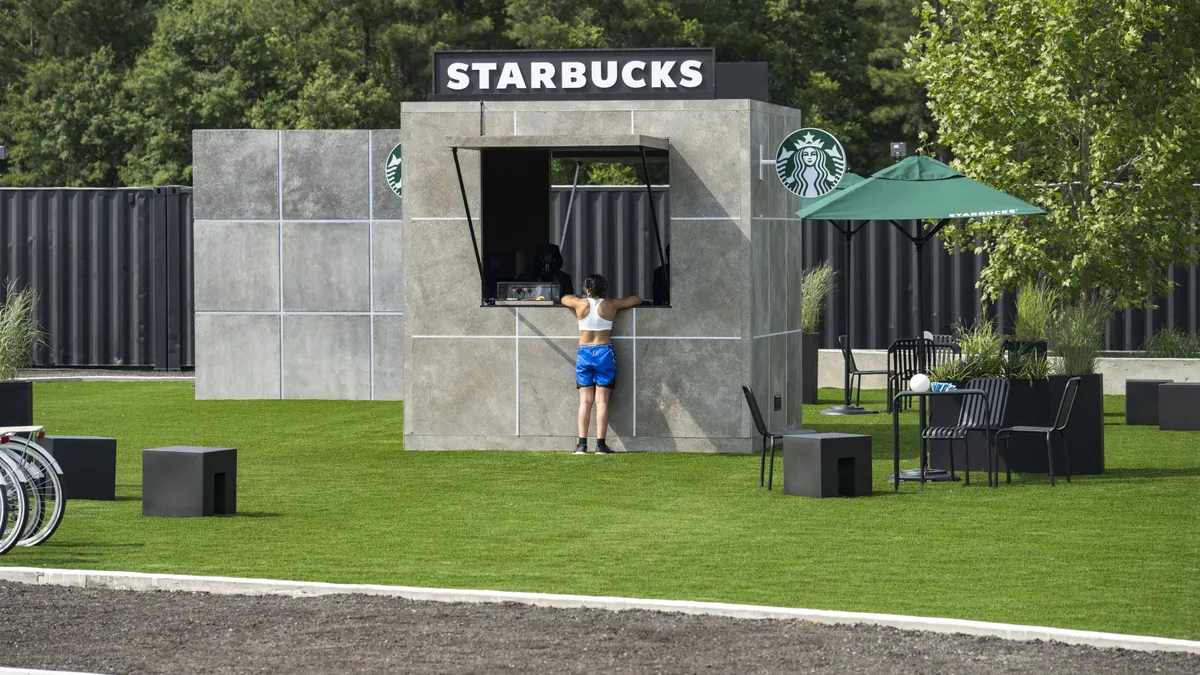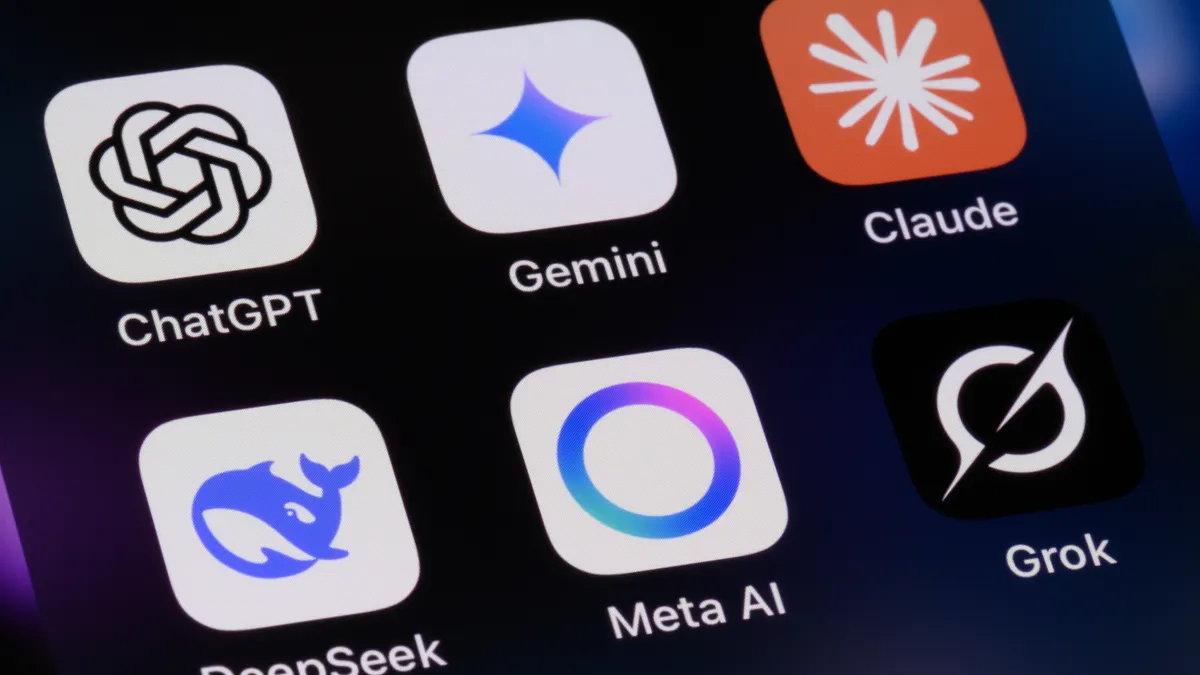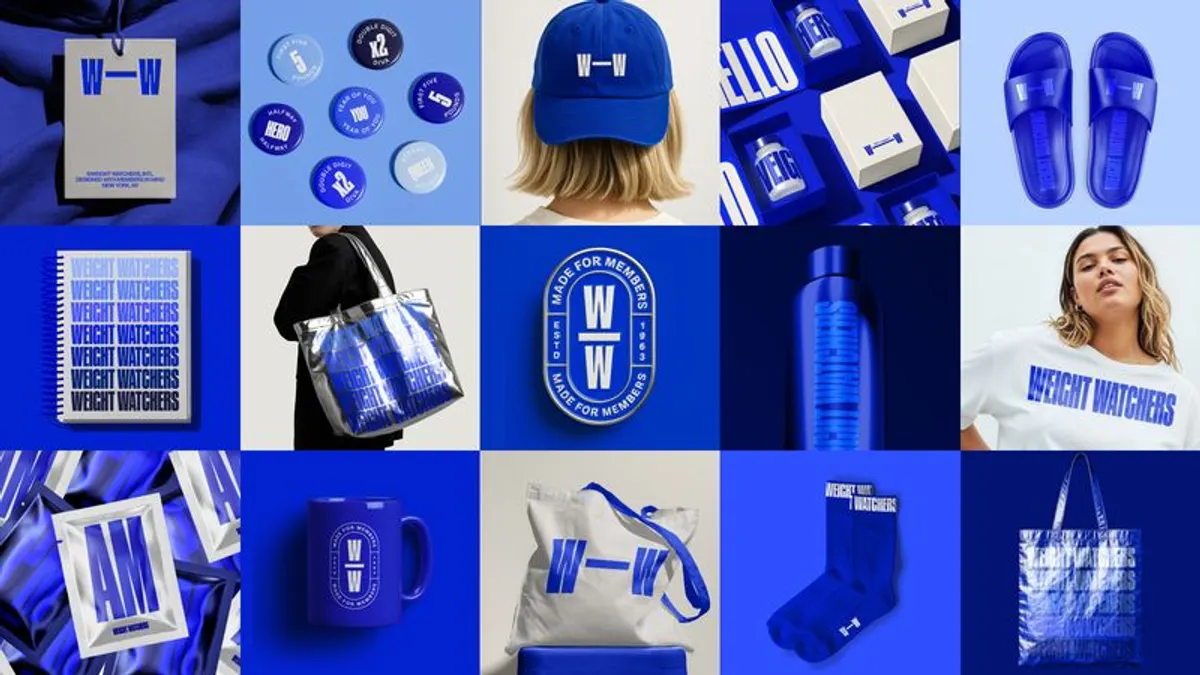Stores are decked out in decorations with holiday music playing, and inboxes are filled with marketing emails from retailers.
It’s the holiday season, and like other years during the pandemic, companies are met with a new challenge: For 2022, that’s inflation.
For months, consumers have grappled with rising prices across all goods, particularly at the grocery store and gas pump. That’s affected consumers’ mindsets heading into the holiday shopping season. According to an ICSC holiday survey released last month, nearly 90% of respondents reported that inflation would affect their holiday spending.
During a period that’s generally filled with gift-buying, joy and discovery, retailers need to navigate how to market to consumers this season.
What’s top of mind for consumers right now
The theme of this year’s holiday season, so far, appears to be discounts and promotions.
While consumers are estimated to spend 6.7% more during the holidays this year compared to 2021, 43% are looking for deals and promotions, according to the ICSC. And 65% of respondents plan to spend more time looking for discounts, per the survey.
The economic environment has even prompted 71% of consumers to consider store payments plans or other financing options to cover their purchases this season, according to a separate report from Oracle Retail. A quarter of those respondents have never used financing options in the past.
"You’re starting to see the shift: People are going to really care about what they spend every dollar on."

Tyler Higgins
Retail practice lead and managing director, AArete
“The consumer is feeling it,” Michael Brown, a partner and Americas Retail Leader at Kearney, said. “They've been feeling it for a while now because the price of groceries has been up and gas has been up and it hits people hard.”
When faced with financial constraints, “there's this urge to limit the pains,” according to Jorge Barraza, a professor of consumer psychology at the University of Southern California. Consumers adopt “coping strategies,” which include wanting to reduce, and they will then adapt to changes and become attuned to it, he added. Because consumers have been dealing with higher prices and other economic uncertainty for some time, they are in the adapting stage and are seeking out lower prices for the goods they’ll buy.
Retailers have been answering this call by launching Black Friday-like sales events earlier in the season and having deals extend for longer. Amazon in October held its second sales event of 2022 for Prime members. Walmart and Target similarly launched their own deal days around that period as well. And Walmart late last month announced its three-week “Black Friday Deals for Days” event would return with discounts spanning from Nov. 7 to Nov. 25.
“This year, I think what the customer sentiment is, you know, the economy is flipped,” said Tyler Higgins, a retail practice lead and managing director at AArete, adding that a looming recession and news of layoffs are also affecting consumers’ mindsets heading into this holiday shopping season. “You just feel this negative tone. So you’re starting to see the shift: People are going to really care about what they spend every dollar on.”
But retailers need to strike the right balance. Inundate consumers with too many deals and retailers run the risk of hurting their brand identity, according to Barraza. “If I start discounting and that feels like it's more of a permanent and prolonged thing, you start shape-shifting the way that consumers are perceiving your brand.”
Promotions are really the most effective when paired with the element of scarcity, Barraza added. And if retailers continuously push out deals throughout the season, “consumers are going to be worn out,” he added. “They're going to have this enduring expectation that this is how it's going to be moving forward.”
How retailers can respond
While value is a priority for consumers this year, it doesn’t mean the storytelling element to holiday marketing needs to go by the wayside. Retailers just need to be in tune with what consumers are saying right now and understanding what their pain points are, according to Kearney’s Brown.
“Retail especially doesn't shy away from the hard messages. It's kind of how they play on the emotional side. They have no problem saying, ‘Yeah, the world's in a tough spot’ or ‘The economy's in a hard spot. We know you're feeling this,’” Higgins said. “Retailers kind of cut through it and are willing to just say the hard message, but then also try to come up with a solution to that through their campaign.”
For its holiday campaign this year, Lego gave creative control over to children to have them highlight what the season means to them.
“Rather than picture-perfect shots of snow, exquisitely set tables full of festive feasts, and crackling open fires, the children chose to design, build and bring to life a playful vehicle to help them deliver presents and bring the community together over the Holiday season,” the company said.
The campaign’s narrative underscores the importance of bringing people together through play during the holidays.
“At the Lego Group, children are our role models — they inspire us with their creativity, curiosity and imagination, so who better to turn to for our Holiday campaign,” Julia Goldin, chief product and marketing officer at the Lego Group, said in a statement. “Our new campaign is a celebration of the creative power and optimism that children possess. They see endless possibilities for play and show us the difference play can make to the world as they rebuild it for the better. We want to inspire people of all ages to prioritise play over perfection and unleash a childlike joy this Holiday season.”
Retailers can also use nostalgia to their benefit this holiday season to help “pull for the heartstrings in a positive way,” according to Barraza, adding that eliciting nostalgia and using a campaign’s narrative to transport consumers to a simpler time can foster feelings of connectedness.
For years brands have been tapping into cultural moments or icons to effectively use nostalgia in their campaigns.
In 2011, Aleve debuted a campaign called “Kris’s Day,” which portrays Santa struggling with pain the night before Christmas. In lieu of traditional cookies, someone leaves Aleve out for him and he is able to continue on with less pain.
“A great part about that is it's almost this thing that is a character we have connections with. We understand that this is fantasy, it's not reality, but it has elements of nostalgia or cultural connection, and storytelling,” Barraza said. “It all kind of comes together in a way that is going to kind of be a lot more stickier and a lot more emotional, and a lot more nostalgic for consumers.”
What retailers are highlighting in their ads have changed over the past several holiday seasons during the pandemic: In 2020, a lot of marketing focused on making connections with loved ones even from a distance, while 2021 centered on things like having items in stock following a year of supply chain chaos.
As the season progresses this year, deals will continue to be an important aspect of retailers’ messaging, but companies may begin to lean more into the storytelling side of marketing as it gets closer to the holidays.
“This element around value can only last so long,” Barraza said. “November is the expectation of value. And December is a little more about that ‘warmth’ and ‘feels.’ So we're definitely going to see a lot more of that shift moving forward.”
While consumers are faced with financial challenges this season, there’s a desire to lean into those holiday traditions, which for many includes buying gifts for family and loved ones.
“This is a special kind of season for people. Their behaviors are not going to be shifting substantially — there's still the desire to buy gifts and to engage in the same kind of shopping behaviors as they have,” Barraza said. “But they're going to have different things that are going to be in their focus.”






















